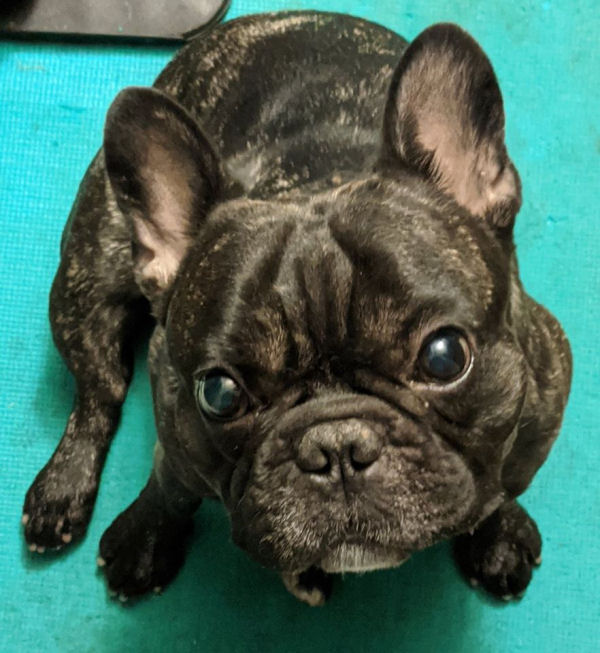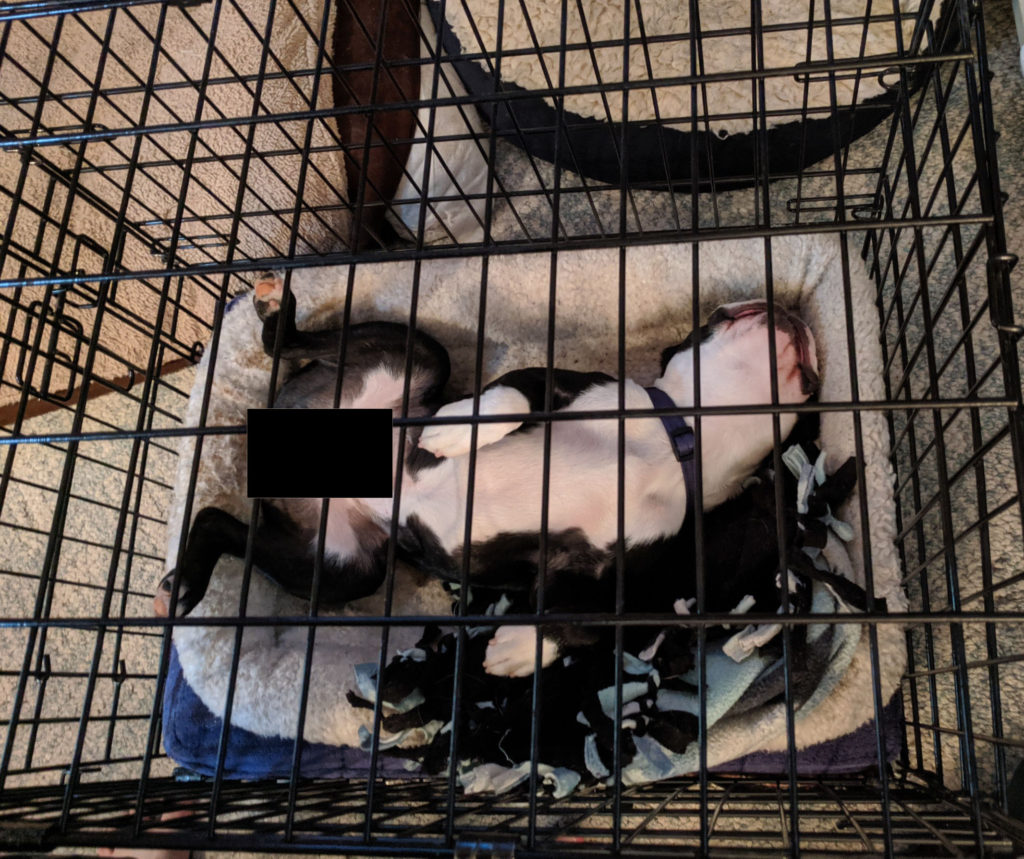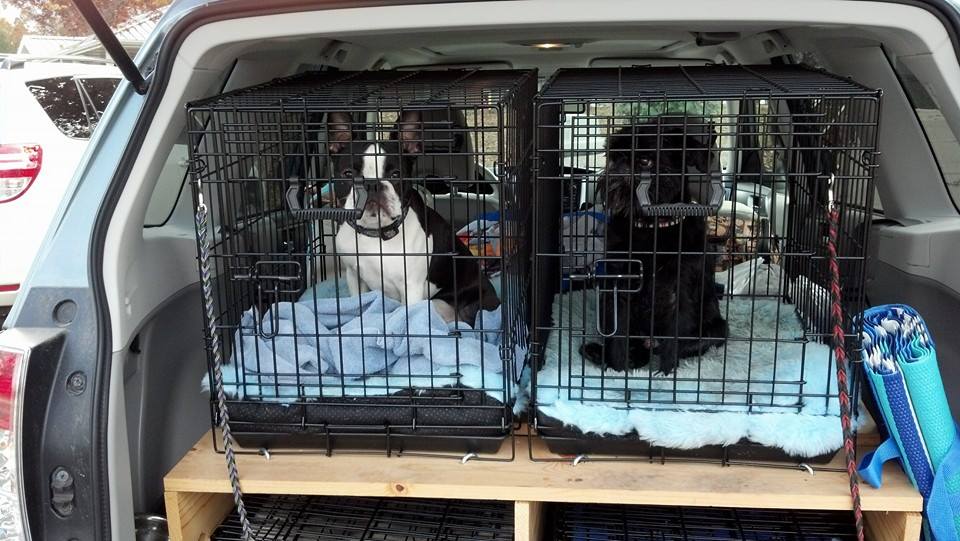Energy is everything. What you show is what you’ll get. When motivating your dog, they read you like a book. If you’re acting like a bouncy tiger, ready to play, that’s what you’ll get. If you act like a melancholy donkey, that’s what your dog reflects.

The other night in Rally Obedience class (Fran was teaching, Hope and Torque were students) one of the students was trying to get her dog (Moose, a Golden Retriever) to go into his crate after his run through the Rally course. Dogs are encouraged to relax in their crates when they’re not on the course. It gives them “down time” from a very stimulating, fun environment. Moose is a very young dog and his parents have just graduated from Hope’s Puppy Class.
He wasn’t being naughty, he was just lying there, refusing to go in his crate. And his people were just standing there saying things like “Moose, come on now. Go in your crate.” “It’s time to crate.” His mom even waved a treat, before she caught Hope watching her. “That’s luring, isn’t it?”
Yes, it is. And that’s not the way to get your dog to offer a desired behavior. We want our dogs to charge into their crates because it’s one of the best places on Earth. Because it’s a great game they play with their people. Not because they’re reluctantly following a cookie. And we spoke of this earlier: How’s your dog training energy? The key: your energy rubs off on your dog.
Build the excitement
Seeing they were at a loss, Hope intervened. With absolutely no treats in hand, she went over the Moose and motivated him to move. In an excited voice, she asked “Are you ready? Do you want to play? Whatcha gonna do, Moose?” And then she ran over to his crate and Moose charged into it. He got lots of treats from his mom, and was rewarded for making an excellent choice.
The only difference between what Hope did and what his parents were trying was the level of enthusiasm. One of our classmates, watching the episode, said exactly the right thing: “Fake it ‘til you make it!”
Decide to be upbeat and motivate your dog
There are times when you definitely don’t feel like a bouncy tiger. There are days when the melancholy donkey in all of us is at the forefront. If you’re absolutely not up to playing training games, don’t. It doesn’t help either you or your dog to drag through a session.
But keep in mind that just playing that game with some pep may change your mood. Playing with your dog, even faking enthusiasm, may just turn your day around. If you can’t summon the energy to advance a game, or teach something new, just play an old favorite.
Your dog won’t care. What’s motivating your dog is their desire to be the focus of your attention, to spend time with you. To have fun with you.




